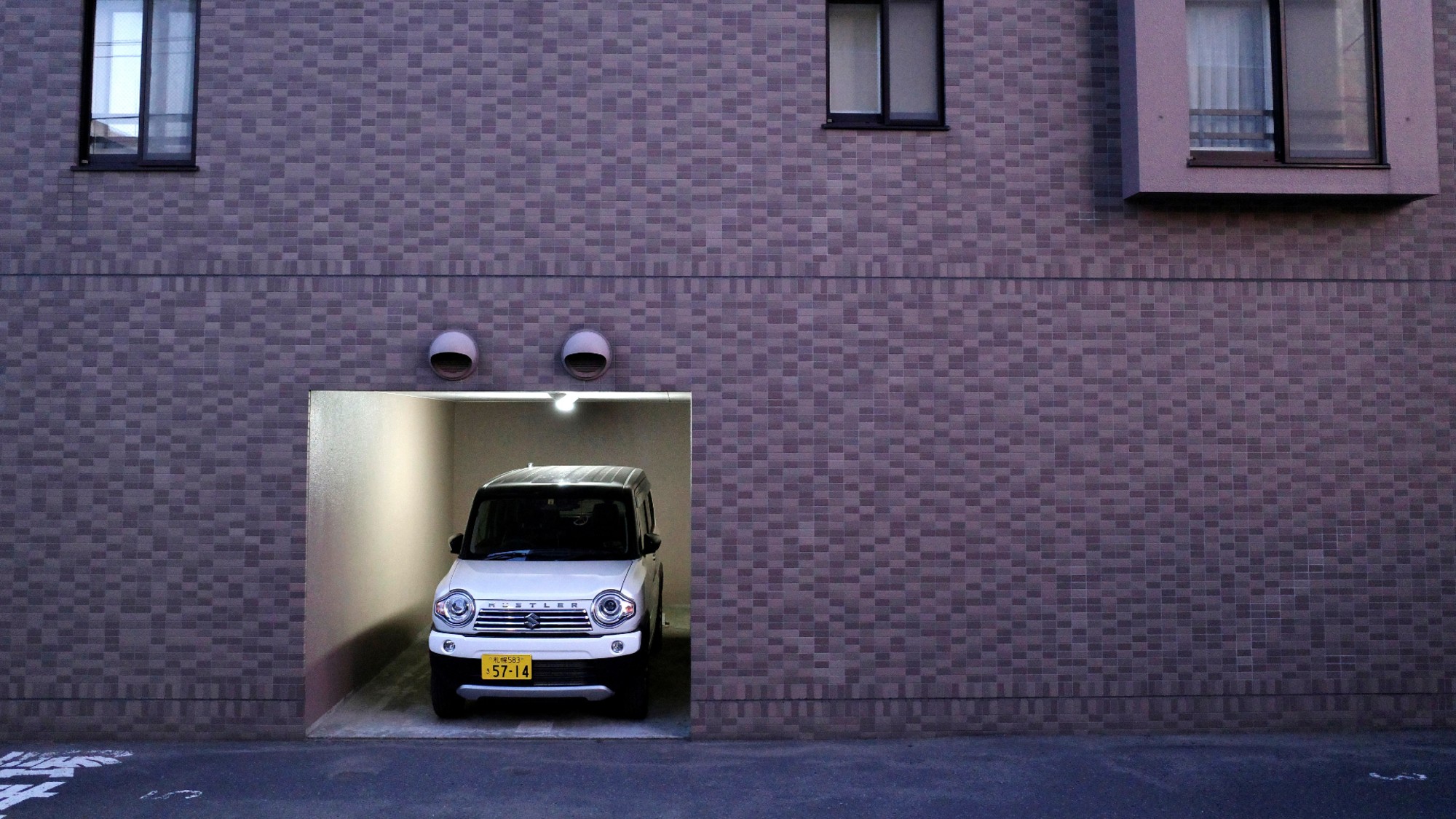Exhibit of the week: The Civil War and American Art
America’s painters responded to the Civil War with a new and distinct visual language.
Smithsonian American Art Museum, Washington, D.C.
Through April 28
Until the mid-19th century, “war was terrible, but it was also heroic,” said Adrian Hamilton in The Independent (U.K.). Or at least painters had generally made it seem so: America’s Benjamin West and France’s Jacques Louis-David unfurled grand battlefields upon which brave warriors were either seizing victory or suffering Christ-like deaths while comrades looked on. But the American Civil War and the arrival of photography changed what a painter could get away with. Photographers had the true horrors of battle covered: Alexander Gardner’s images of the dead at Antietam and Gettysburg appear in this small but “searching” show, and they’re “as great and as grim as any achieved in the European world wars or Vietnam.” The painters couldn’t match that, and didn’t try. But they were determined to find their own ways to respond to the cataclysm.
The Week
Escape your echo chamber. Get the facts behind the news, plus analysis from multiple perspectives.

Sign up for The Week's Free Newsletters
From our morning news briefing to a weekly Good News Newsletter, get the best of The Week delivered directly to your inbox.
From our morning news briefing to a weekly Good News Newsletter, get the best of The Week delivered directly to your inbox.
Those responses were often subtle, said Philip Kennicott in The Washington Post. Many of the 57 paintings on display here contain no battle imagery. One, Eastman Johnson’s 1864 Christmas-Time, The Blodgett Family, shows a wealthy white family in their parlor, watching one of the children play with a minstrel doll while the sky darkens outside the window. In Sanford Robinson Gifford’s 1861 Twilight in the Catskills, a setting sun turns the sky red behind lifeless trees. “The skeptic might argue that not every hint of uneasiness in a landscape is proof the artist was thinking about war,” but curator Eleanor Jones Harvey makes a strong case that America’s painters developed a distinct visual language to represent the era’s anxieties. In postwar paintings, similar symbolism often enacted fantasies of reconciliation during a period of enduringly bitter division.
At least one great painter didn’t shy away from reality, said Holland Cotter in The New York Times. During the war, young Winslow Homer worked on the front lines as an illustrator for Harper’s Weekly, capturing the realities of combat in “astonishing, acutely observed” oil sketches. He was unnerved by what he saw but never looked away from the struggles that followed. His Veteran in a New Field, from 1865, seems an optimistic image at first: The lone figure wields a scythe in a wheat field, with his back to us and his Army coat tossed aside. But is this rejuvenated version of Jefferson’s yeoman farmer actually a man without a future, or the Grim Reaper himself? “Just thinking such thoughts, asking and wondering, is what this show is about.”
A free daily email with the biggest news stories of the day – and the best features from TheWeek.com
-
 Could smaller cars bring down vehicle prices?
Could smaller cars bring down vehicle prices?Today’s Big Question Trump seems to think so, but experts aren’t so sure
-
 2025’s most notable new albums
2025’s most notable new albumsThe Week Recommends These were some of the finest releases of the past year
-
 Trump aims to take down ‘global mothership’ of climate science
Trump aims to take down ‘global mothership’ of climate scienceIN THE SPOTLIGHT By moving to dismantle Colorado’s National Center for Atmospheric Research, the White House says it is targeting ‘climate alarmism’